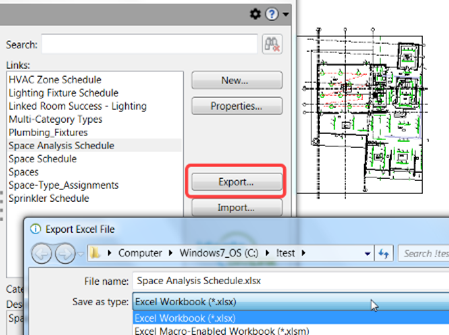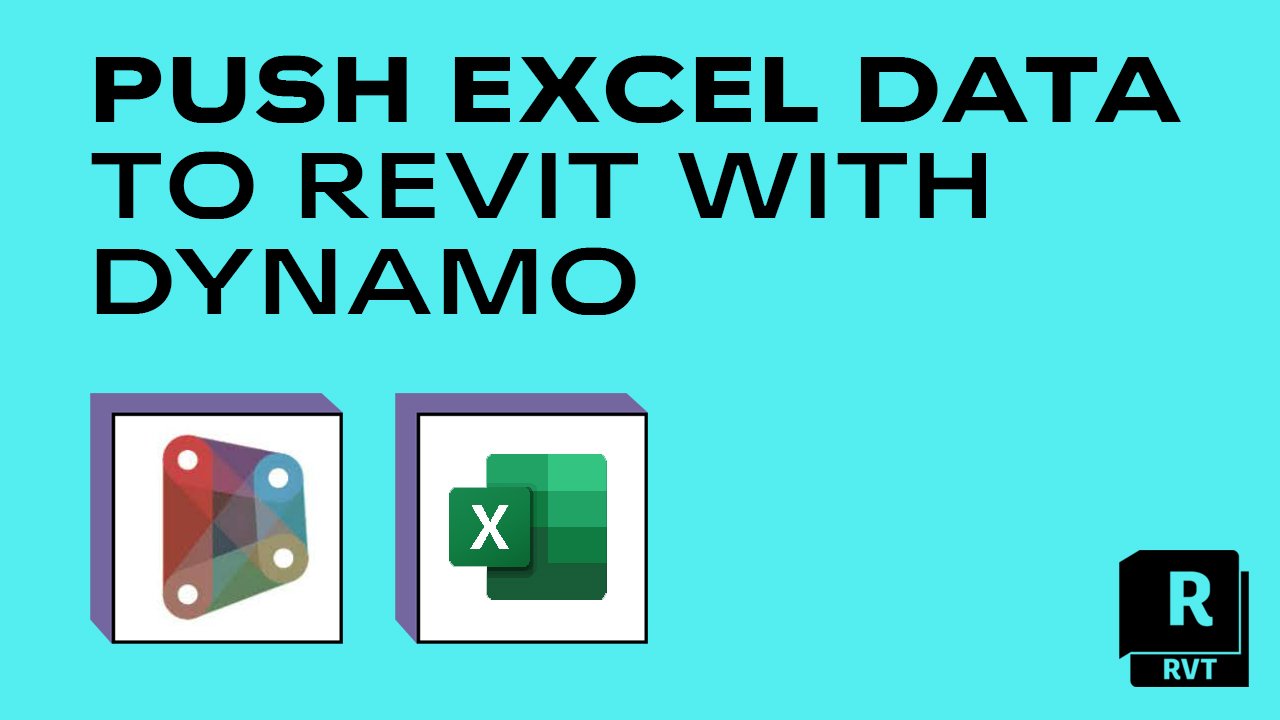Revit Tools: Your Secret to Accuracy and Efficiency
Wiki Article
Revit Accelerator: Excel Assimilation Approaches for Increasing Efficiency and Partnership
In this short article, we will certainly check out the advantages of incorporating Excel right into your Revit workflows. And also, we will share ideal methods for seamlessly incorporating Excel right into your Revit projects. Obtain all set to supercharge your Revit experience with our Revit Accelerator: Excel Combination Techniques!Advantages of Excel Assimilation in Revit
The benefits of Excel combination in Revit are countless and can significantly improve efficiency and collaboration. By perfectly linking these 2 powerful tools, you can improve your operations and save useful time. With Excel assimilation, you can easily import and export data between Revit and Excel, enabling you to utilize the toughness of both programs.
One more advantage of Excel integration is the capacity to develop vibrant schedules and reports. By connecting your Revit design to an Excel spread sheet, any type of adjustments made in Revit will immediately upgrade in the corresponding Excel data. This makes it very easy to produce up-to-date routines, amount departures, and various other project paperwork.
Excel combination in Revit also allows better collaboration among staff member. With the capacity to import and export information, you can easily share details with coworkers that might not have access to Revit. This promotes efficient interaction and enables far better sychronisation and decision-making.
Enhancing Process With Revit and Excel
Simplifying workflows with Revit and Excel can substantially enhance effectiveness and cooperation. By incorporating these 2 powerful tools, you can enhance your style process and enhance interaction within your group. With Revit, you can create 3D designs and generate thorough architectural and engineering paperwork. Nevertheless, when it involves information monitoring and analysis, Excel is the best software program. By combining the capabilities of Revit and Excel, you can effortlessly move information in between the 2 applications, getting rid of the demand for hand-operated information access and reducing the risk of errors.
Making Use Of Revit and Excel together permits you to leverage the toughness of each program - revit add ins. You can export information from Revit right into Excel, where you can execute intricate computations, produce charts and graphs, and assess the info in a more organized and effective manner. On the various other hand, you can import data from Excel into Revit, enabling you to rapidly update your designs and paperwork based on adjustments made in Excel
The assimilation of Revit and Excel likewise promotes collaboration amongst group members. By sharing Excel documents, you can quickly communicate and work together on design and construction-related information. This enhances control and makes sure that everyone is functioning with the most updated details.
Making Best Use Of Partnership With Excel and Revit
To take full advantage of partnership with Excel and Revit, you can perfectly share and update layout and construction-related data with your team. With just a few clicks, you can import Excel spread sheets right into your Revit version, allowing you to easily gain access to and control the information.Among the crucial benefits of using Excel in conjunction with Revit is the ability to update data in both programs at the same time. Any kind of adjustments made in Excel will automatically be mirrored in Revit, and the other way around. This ensures that everyone is collaborating with the most up-to-date info, staying clear of complication and conserving useful time.
Furthermore, Excel supplies powerful tools for evaluating and organizing data, which can significantly improve your collaboration efforts. You can revit add ins develop personalized records and graphes in Excel, assisting you to visualize and interact crucial job info successfully. This can be specifically beneficial when offering data to stakeholders or making educated decisions based upon project metrics.
Advanced Methods for Boosting Productivity in Revit Using Excel
By utilizing innovative methods in Revit, you can significantly enhance your efficiency by leveraging the power of Excel. Among the key techniques for increasing productivity is by utilizing Excel as an information management device. With Revit's Excel integration attribute, you can link Excel spread sheets straight to your Revit version, allowing you to easily manage and update data. This assimilation allows you to develop timetables, calculate quantities, and carry out information evaluation efficiently.
Furthermore, you can utilize Excel macros to automate repeated tasks in Revit (revit tools). Macros enable you to tape a collection of actions and play them back with a single click, saving you effort and time. For instance, you can develop a macro to instantly produce room timetables or upgrade specification worths in bulk.
Best Practices for Excel Combination in Revit
Utilizing Excel as a data administration tool in Revit allows for effective management and updating of information. One of the ideal methods for Excel assimilation in Revit is to develop a clear and arranged information structure. By adhering to these ideal practices, you can properly utilize Excel as an information monitoring device in Revit and boost your performance and collaboration.Verdict
In conclusion, integrating Excel with Revit can significantly boost efficiency and cooperation in the style procedure. By making the most of and enhancing process cooperation, groups can function much more effectively and effectively. Advanced strategies, such as utilizing Excel macros and solutions, can better enhance performance in Revit. Nevertheless, it is essential to follow ideal methods to make certain seamless assimilation and prevent any potential concerns. By leveraging the power of Excel, Revit users can attain higher levels of performance and collaboration in their jobs.With Excel assimilation, you can easily import and export information between Revit and Excel, allowing you to utilize the strengths of both programs.
One of the essential benefits of Excel integration is the ability to make use of Excel solutions and features within Revit. By linking your Revit version to an Excel spread sheet, any type of adjustments made in Revit will automatically update in the matching Excel file. On the other hand, you can import data from Excel right into Revit, enabling you to quickly update your models and documentation based on changes made in Excel.
With Revit's Excel integration feature, you can connect Excel spread sheets directly to your Revit version, permitting you to conveniently take care of and update data.
Report this wiki page